In today’s interconnected world, collaboration has become a crucial skill for professionals in every industry. Whether you’re working on a project with clients or collaborating with colleagues within your organization, effective collaboration is essential for achieving shared goals and driving success. In this blog post, we will explore the art of collaboration and provide valuable insights on how to work harmoniously with clients and colleagues to foster a productive and creative working environment.
1. Building Trust and Open Communication:
The foundation of successful collaboration lies in building trust and establishing open lines of communication. It is important to cultivate a culture where everyone feels comfortable expressing their ideas, concerns, and feedback. Encouraging transparency and active listening creates an environment where trust can thrive, leading to stronger relationships and improved collaboration.
2. Defining Clear Goals and Roles:
Clear goal-setting and role definition are vital for effective collaboration. Establishing shared objectives ensures that everyone is aligned and working towards a common purpose. Define each individual’s responsibilities and contributions to avoid confusion and overlap. This clarity enables smoother collaboration and ensures that everyone understands their role in achieving collective success.
3. Active Collaboration Techniques:
Collaboration is more than just working together; it involves actively engaging and leveraging each team member’s strengths. Here are some techniques to enhance collaboration:
a. Brainstorming Sessions: Foster creativity and generate innovative ideas by organizing brainstorming sessions where everyone can contribute their thoughts and insights.
b. Collaborative Tools: Utilize digital collaboration tools that facilitate real-time collaboration, document sharing, and communication. These tools promote seamless collaboration, especially for remote teams.
c. Regular Check-ins: Schedule regular check-in meetings to keep everyone informed about project progress, address challenges, and provide updates. This ensures that everyone is on the same page and can address issues proactively.
4. Resolving Conflicts and Nurturing Relationships:
Collaboration can sometimes lead to conflicts or disagreements. It is crucial to address conflicts promptly and constructively. Encourage open dialogue, active listening, and a focus on finding mutually beneficial solutions. By nurturing relationships and fostering a culture of respect, empathy, and understanding, conflicts can be resolved effectively, leading to stronger collaboration and positive outcomes.
5. Celebrating Achievements and Learning Opportunities:
Recognizing and celebrating achievements is essential for team morale and fostering a collaborative spirit. Acknowledge individual and team successes, and express gratitude for contributions. Additionally, view challenges as learning opportunities rather than failures. Encourage a growth mindset that values continuous improvement, and foster a culture of learning from both successes and setbacks.
Conclusion:
Mastering the art of collaboration is a transformative skill that empowers professionals to work harmoniously with clients and colleagues, leading to remarkable outcomes. By building trust, defining clear goals, utilizing active collaboration techniques, resolving conflicts, and celebrating achievements, we can create an environment where collaboration flourishes. Embrace the power of collaboration and unlock the full potential of working together towards shared success.
Interested in knowing how to Create a Greener Future using Design? check out my previous post.
You can follow me on social media via the following links: IG, LinkedIn
View my portfolio on Behance.
